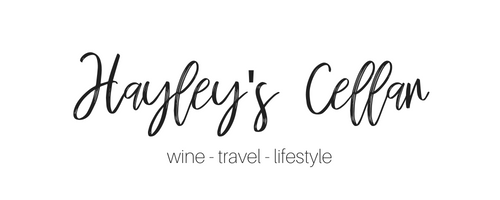
Who likes Syrah? What about Grenache? If you’ve ever had or heard of a GSM then bonus points for you!! If these wines are your jam, welcome to the Rhone Valley; the ancestral home of these delicious wines!
Syrah was one of the first wines I really fell in love with. Here in California they are big, bold, filled with red fruit and spice and they are DELICIOUS. What I didn’t realize, is how different Syrah from France is compared to the US! These wines are much more refined and though they still pack quite the punch, it’s a completely different flavor profile than you would expect here.
As with all of France, there are tons of smaller regions and villages within the Rhone, but I want to tell you guys a little bit about the basics so you know what you are getting when you pick up a bottle!
INTRO TO THE RHONE VALLEY
Like I mentioned above, The Rhone is home to Syrah and Grenache along with some other varietals like Morvedre, Viognier, Roussanne, Cinsault and many others. If you ever have a wine labelled GSM, that is the name of the classic blend of Rhone grapes, Grenache, Syrah and Mourvedre.
If you’ve never tried any of these wines, first, please go buy a bottle immediately (you wont regret it) and second, here is a little breakdown of what you will be getting:
RHONE WINE PROFILES
Syrah: Syrah is going to be your heavy hitter. If you’ve ever tried ‘New World’ Syrah (California or Australian Shiraz), the ‘Old World’ style will be a little different. You can expect full bodied wines with flavors of dark fruits, but with distinctive herbal, smokey and gamey (leather, dried meats) qualities.
Grenache: Grenache is a fun thin skinned, high sugar grape that takes awhile to ripen so it needs a LOT of heat. You can expect to find it more in Southern Rhone where you’ll get flavors of red fruit, with some herbaceous notes.
The Rhone valley is separated into two main regions: the Northern Rhone and the Southern Rhone. There are some pretty big differences between the two, so let’s take a look:
THE NORTHERN RHONE

The Northern Rhone is quite small and made up of a valley with very steep hills. Because of this, the wines are quite expensive due to how hard they are to grow and manage.
The only red grape variety allowed in N. Rhone is Syrah. So if you happen to pick up a bottle, you know exactly what you are getting! For white wine, You can expect Viognier, Marsanne and Roussanne in the wine.
There are 8 appellations in Northern Rhone (in order from N to S): Cote Rotie, Chateau Grillet, Condrieu, Saint Joseph, Hermitage, Crozes-Hermitage, Cornas and Saint-Peray.
If you are looking to get your feet wet and not spend an arm and a leg, I would recommend starting out with a wine from Crozes-Hermitage because it is a much larger appellation on flatter land so the wine will be at a much more approachable price point (think $25-$30).
SOUTHERN RHONE

The Southern Rhone is a lot warmer and flatter than the Northern Rhone. This makes it an ideal climate for adding Grenache to the land as well as makes the prices of wine much easier on our bank accounts.
There are 23 varietals that are allowed throughout the 7 appellations (though not all are legal in all appellations), but the main varietals to remember are going to be the ones for GSM plus cinsault and carignan.
Châteauneuf-du-Pape, named after the home of the Pope in the 1400s, is probably the most notable region in S. Rhone. The dominant grape is usually Grenache which makes for a beautiful, jammy wine that can sometimes be blended with Syrah and Mourvedre for additional color and spice.
Cotes-du-Rhone (and slightly better Cotes-du-Rhone Villages), is going to be your entry wine to this region. You can widely find this wine at most stores and very reasonably priced. Unlike other regions in the Rhone (ie. Châteauneuf-du-Pape) where the wine comes from a specific plot of vineyards, Cotes-du-Rhone can come from a variety of locations within southern Rhone and references the types of grapes used vs. the land in the name.
